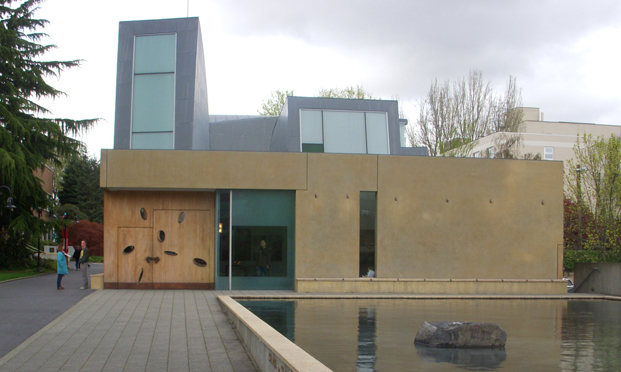Speaking of writing habits that chafe me, I’d like to say a word or two about the comma. As many of you know, one of its many glorious uses is to separate items in a series: “lions, tigers, and bears.” The second comma in this example is what’s called a “serial comma,” and the only thing you need to know about it is that anyone who tells you it’s unnecessary (like, say, The Associated Press Stylebook) is both a scoundrel and a villain. To wit:
Strunk & White: “In a series of three or more terms with a single conjunction, use a comma after each term except the last.”
Fowler: “The only rule that will obviate uncertainties is that after every item…the comma should be used.”
Chicago Manual of Style: “Chicago strongly recommends this widely practiced usage…since it prevents ambiguity.”
And finally, Paul Brians: “Follow the style recommended by your teacher, editor, or boss when you have to please them; but if you are on your own, I suggest you use the final comma.”
Why, you might ask, does the AP eschew the serial comma? To save space. Get rid of a couple thousand commas throughout a newspaper, and that frees up ad space—at the expense, however, of clarity.
posted by: Aaron Bragg | category: the writing life | make a comment


